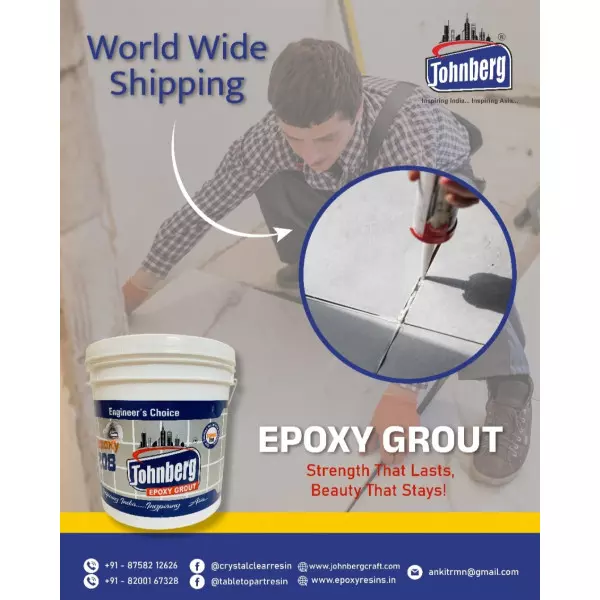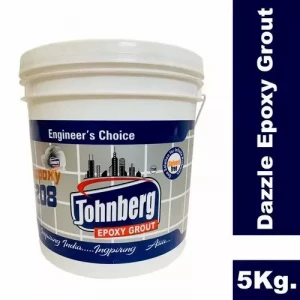Epoxy Grouts Service In Tamil Nadu
Details of Epoxy Grouts
Epoxy grout is a type of grout made from epoxy resins combined with a filler powder. It is different from traditional cement-based grout and is highly regarded for its durability, stain resistance, and waterproof nature.
Key Features of Epoxy Grout
Feature Description
Composition Made of epoxy resins, hardener, and a filler powder (no cement)
Waterproof Highly resistant to water, making it ideal for wet areas
Chemical Resistant Resistant to harsh chemicals, acids, and oils
Stain Resistant Does not absorb stains like traditional grout
Strong Adhesion Bonds tightly to tiles and surfaces
Non-porous Prevents mold and mildew growth
Color Consistency Color remains consistent and doesn’t fade over time
Where Epoxy Grout is Used
Bathrooms: Especially in showers, around tubs, and floors
Kitchens: Backsplashes and countertops
Swimming Pools: Underwater applications
Commercial Areas: Hospitals, restaurants, laboratories, and industrial kitchens
High-traffic zones: Where strength and durability are essential
Advantages
Long lifespan (10–20 years+)
Excellent stain and water resistance
Resistant to cracking and shrinkage
Ideal for both vertical and horizontal tile installations
Disadvantages
Issue Explanation
Difficult to apply Sticky and fast-setting; requires experienced installers
Expensive 2–4 times costlier than cement-based grout
Short working time Sets quickly, which can be challenging during application

